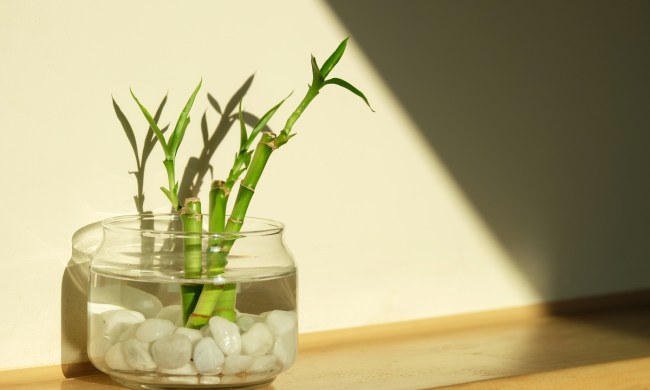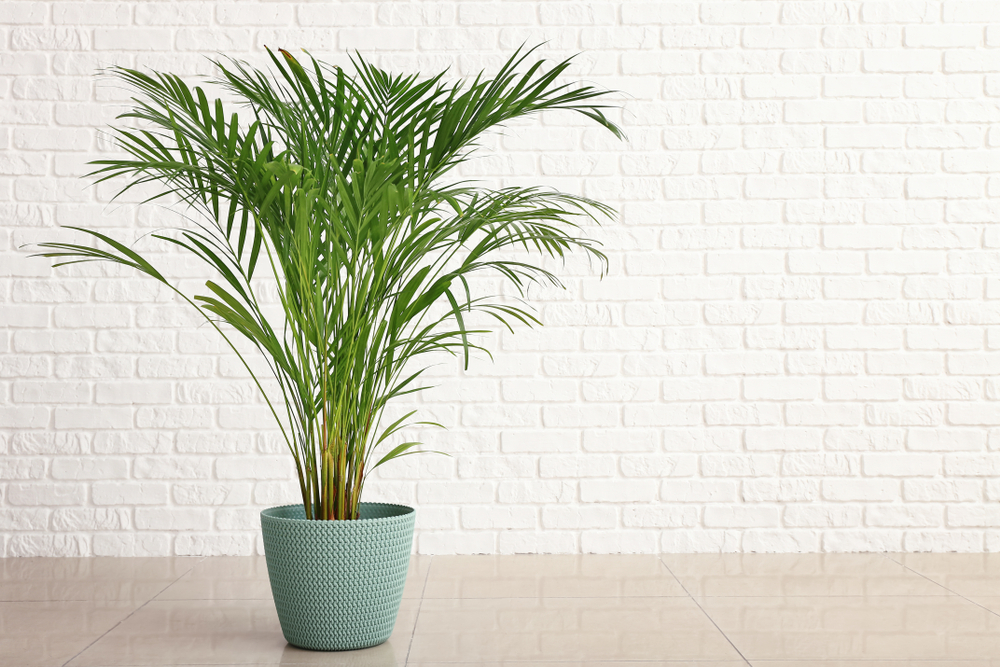
Your aesthetic indoor plants should reflect your unique style, and they should integrate seamlessly with your home’s decor. Indoor palms are a joy for anyone wanting to bring a piece of the greenery from warmer climates into their interior design. If you’re looking for a bold, tropical addition to your indoor space, an areca palm is a perfect choice. With their substantial height and sharp, feathery foliage, these palms add a fresh and bright statement to any room. Let’s talk about the benefits of growing an areca palm in your home and how to care for this gorgeous plant properly.
Can an areca palm grow indoors?
While they can get substantially taller when planted outdoors, areca palms can still grow pretty well and actually make for fantastic indoor plants, reaching heights between six and seven feet tall. They’ll grow between six to ten inches every year until they reach their mature height. Then these plants can last up to a decade indoors. You can limit the size of your areca palm by housing it in a planter that keeps it root-bound.
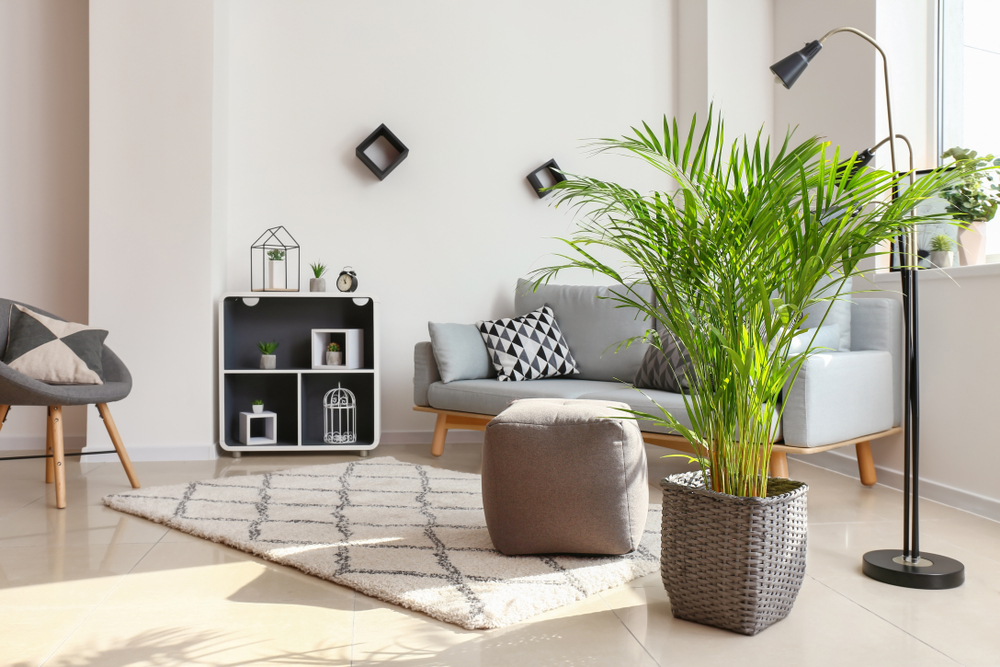
Benefits of having an areca palm indoors
Not only does this tall indoor plant bring aesthetic design and a mood-lifting splash of the tropics into your home, but it also offers numerous health benefits. This attractive palm can improve indoor air quality by removing toxins and adding humidity to the air, which is great if your indoor air tends to be a bit dry. Caring for a living thing like this palm is also a mood booster in itself.
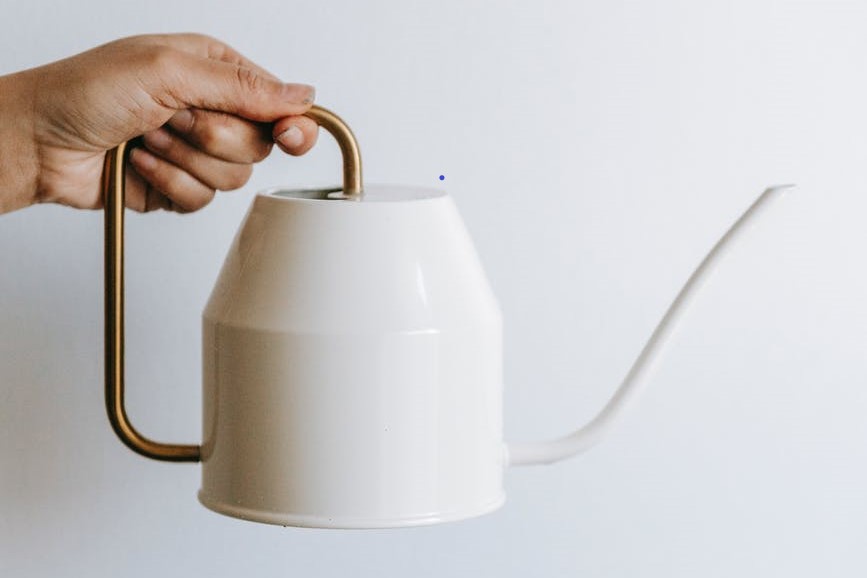
Areca palm care and maintenance FAQs
These beauties can certainly flourish indoors, but they’re a little high maintenance and will not withstand neglect for long. You’ll know if your plant isn’t getting proper care when large amounts of leaves start to yellow or brown. Here are some frequently asked questions about properly caring for areca palms.
Do areca palms need big pots?
While these palms do get fairly large, they grow well in a well-draining pot that keeps them root-bound. Make sure the pot is only a few inches wider than the palm’s root ball when planting it. This allows the plant to grow but also keeps its root system in the tight conditions that it enjoys.
Can areca palms bask in direct sunlight?
Areca palms like bright light while they’re indoors, preferably from any west- or south-facing windows. However, be careful that they are not in full sunlight for too long, as the direct beams can scorch the foliage and turn it yellow or brown.
How often does an areca palm need water?
During the spring and summer, water the soil of your areca palm often enough to remain slightly moist when you stick your finger in it. During the fall and winter months, allow the soil to dry out a bit more between waterings to avoid root rot. Ensure you’re using distilled water or rainwater since this plant is susceptible to damage from chemicals like fluoride and chlorine, often found in tap water.
What are areca palm’s preferred temperatures and humidity levels?
While they will acclimate to standard indoor climate conditions, areca palms are, after all, tropical indoor plants, so they prefer warmth and high humidity. Keep your plant in a space that stays between 65 and 75 degrees F and has decent humidity levels. You’ll know the air is too dry for the plant if the tips of the leaves start to brown. If this happens, try running a humidifier in the room to increase the moisture levels.
Should you fertilize areca palms?
These palms benefit greatly from the extra nutrients of fertilizer and an occasional spray of micronutrients, as long as the spray is appropriate for palms. You can use a time-release fertilizer to ensure your areca palm gets these nutrients from spring to early fall. However, you should not feed your areca palm in late fall or winter.
Do you ever need to repot the areca palm?
Since these plants enjoy being root-bound, it’s not necessary to repot them more than once every few years. When you do, make sure the new pot is only a few inches wider than the previous one, and plant the root ball at the same depth as it was previously planted. This will prevent damage to the root system.
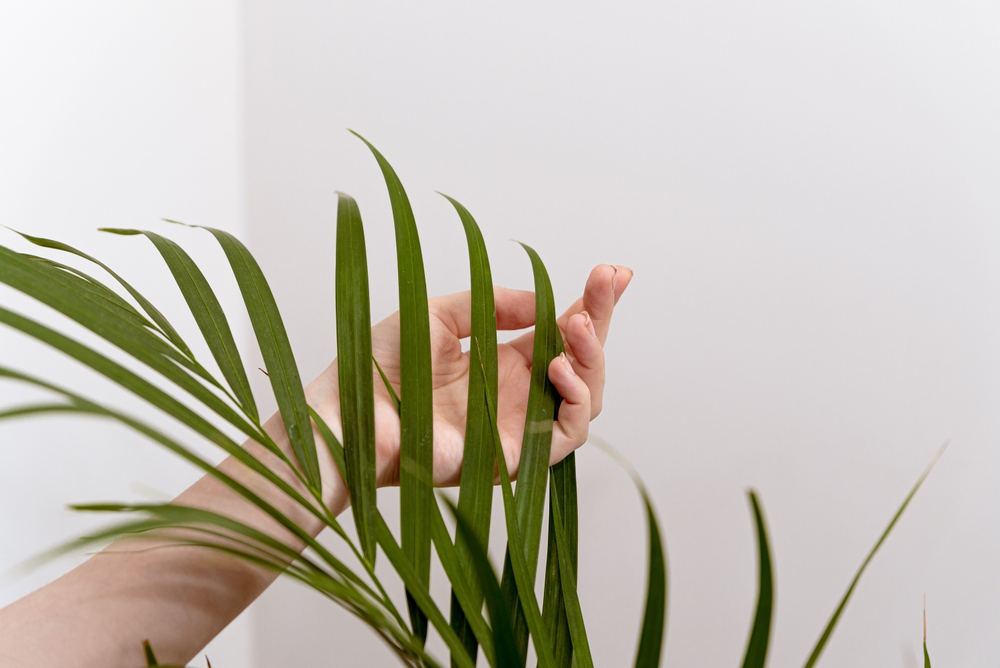
How do you propagate an areca palm?
To propagate your areca palm and get even more plants to decorate your home with, you have a few options.
Root division
- Choose a mature areca palm with multiple stems.
- Carefully remove the plant from its pot and gently separate the individual stems or offshoots, ensuring each has some roots attached.
- Plant each division in a separate pot with well-draining soil and provide appropriate care.
- Keep the divisions in a warm and humid environment until they establish roots.
Planting offsets or suckers
- Identify the offsets or suckers that develop at the base of the palm and wait until the offset has developed a few roots of its own.
- Carefully remove the offset from the mother plant using a clean knife or shears and plant the offset in a separate pot with well-draining soil and provide proper care.
- Maintain a warm and humid environment until the new plant establishes roots.
Growing areca palms from seed
- Collect fresh areca palm seeds from a mature plant and soak the seeds in warm water for 24 hours to soften the outer shell.
- Fill a pot with a well-draining, seed-starting mix or a combination of peat moss and perlite and plant the seeds about an inch deep in the soil and cover lightly.
- Keep the soil consistently moist and place the pot in a warm location with indirect sunlight.
- Germination can take several weeks to a few months, so be patient. Once the seedlings have grown a few inches tall, they can be transplanted into individual pots.
Vacationing in the tropics allows you to soak in the sun and breathe in the fresh air from palm trees and other tropical plants. An areca palm is a great choice to bring this rejuvenating tropical energy into your home. Though caring for this palm requires special attention, the benefits of both style and health make it all worth it. With these areca palm care tips, you’re sure to have the healthiest indoor plant possible in your home.


